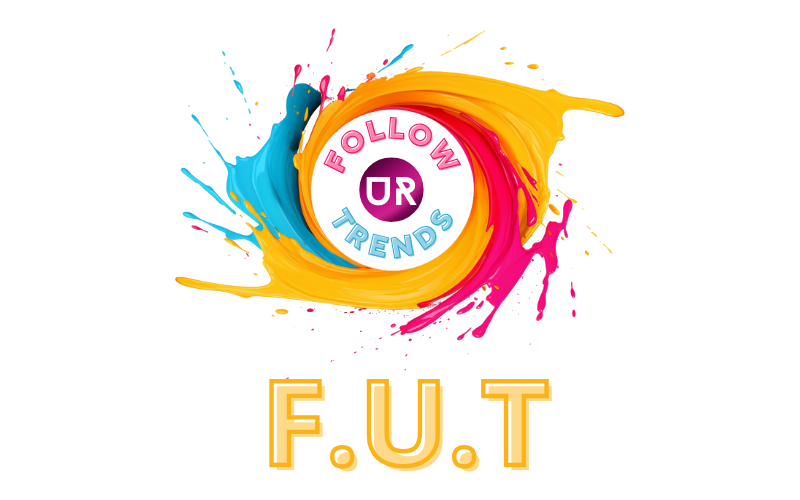The wooden pieces are set, the cards shuffled, and the die is itching to roll. Competitive board gaming is a labyrinth of strategies, quick thinking, and tactical maneuvers. Whether it’s the timeless classics or the modern strategy games, mastering board game techniques can elevate you from a casual player to a formidable opponent. Knowing how to strategize effectively is often the difference between victory and defeat, and this article will delve into the intricacies of developing the right approach to competitive board game play.
Elements of Strategy: Game Mechanics Understanding
A detailed comprehension of the game mechanics lays the groundwork for strategic play. Are you collecting resources, conquering territories, or solving puzzles? The objective dictates your approach. For instance, in resource accumulation games like Settlers of Catan, understanding the probability distribution of the dice rolls can help you in placing your initial settlements effectively, thereby improving your chances of resource generation throughout the game.
Tactical Positioning: Chess Isn’t the Only Game
Spatial awareness and positioning can be crucial, even in games that are not overtly about territory. In Carcassonne, for example, the way you place your tiles and meeples can affect not only your score but also your opponents’ options. Controlling key locations or blocking your competitors from completing their objectives can be as rewarding as achieving your own goals.
Reading the Room: Emotional Intelligence
While focusing on your strategy is crucial, ignoring your opponents’ behavior could be a critical mistake. Emotional intelligence can provide clues about your competitors’ strategies. Are they avoiding eye contact, or do they seem too eager to make a trade? These subtle cues can offer valuable insights into their game plans, allowing you to adapt your strategy accordingly.
Calculated Risks: Risk Management
The very nature of board games involves an element of chance. Knowing when to take calculated risks is a valuable skill. Assessing the potential payoff against the likelihood and the cost of failure will guide you in making decisions that could be game-changing but not game-ending. In a game like Risk, balancing aggression with defense can often lead to dominating a continent without over-extending your armies.
Mid-Game Adjustments: Adaptability
Static strategies seldom win board games. Being able to adjust your approach in response to the unfolding game is a mark of a seasoned player. Whether it’s switching from resource hoarding to aggressive expansion in Settlers of Catan or suddenly deciding to pursue a different route in Ticket to Ride, adaptability can throw your opponents off balance and give you the upper hand.
Endgame Planning: The Final Moves
When the game nears its end, shifting your focus to endgame objectives is crucial. This could mean anything from focusing on short-term gains that could give you the few extra points needed for victory to sabotaging the leading player’s strategies to level the playing field.
Mastering board game strategy involves a multi-faceted approach, incorporating a deep understanding of game mechanics, tactical positioning, emotional intelligence, and risk assessment. Adapting your strategy during the course of the game and planning your endgame moves can significantly enhance your chances of winning. Competitive board gaming is not just a contest of luck but a battle of wits, planning, and adaptability. With the right strategies in hand, you’re well on your way to claiming victory, one move at a time.
